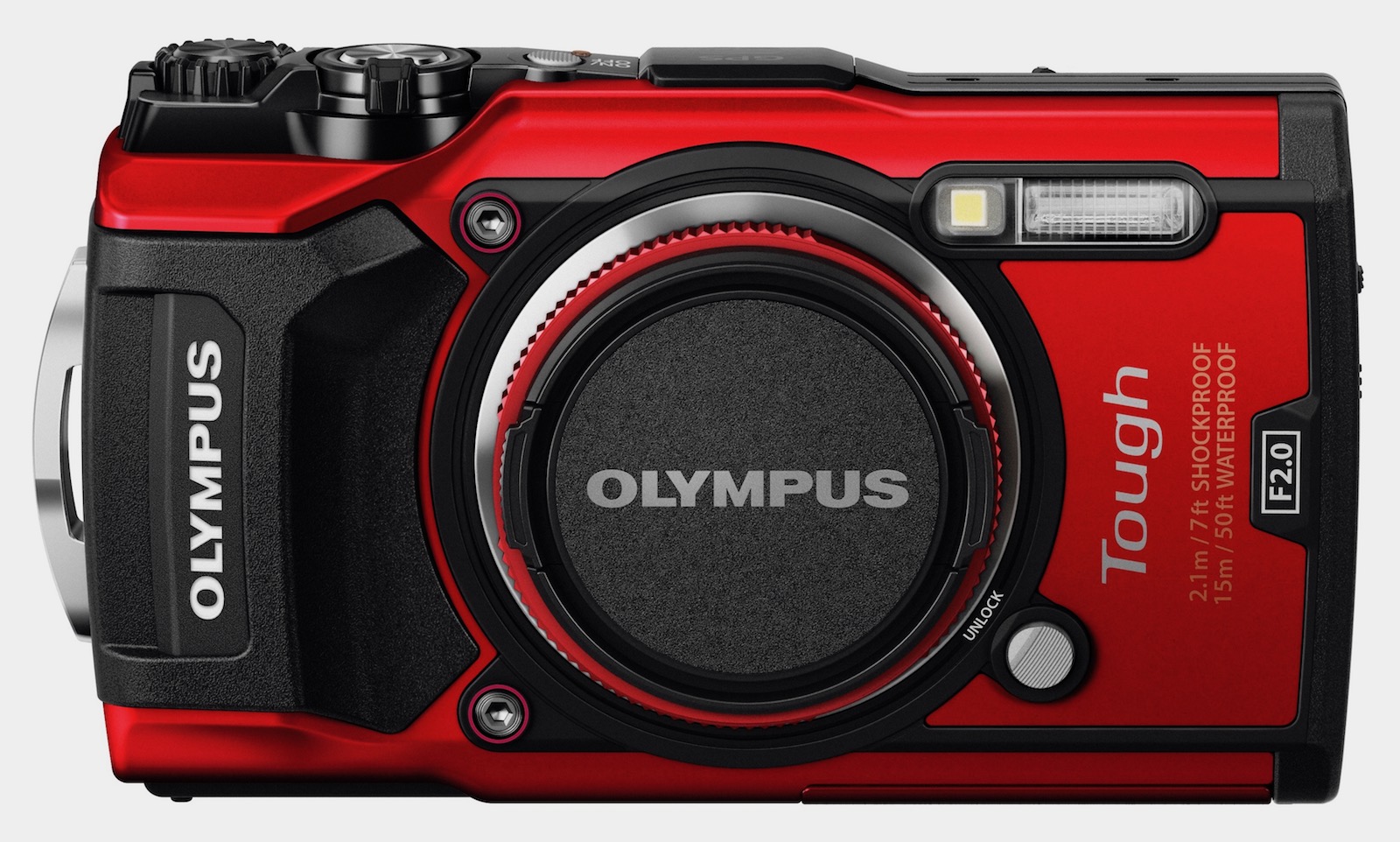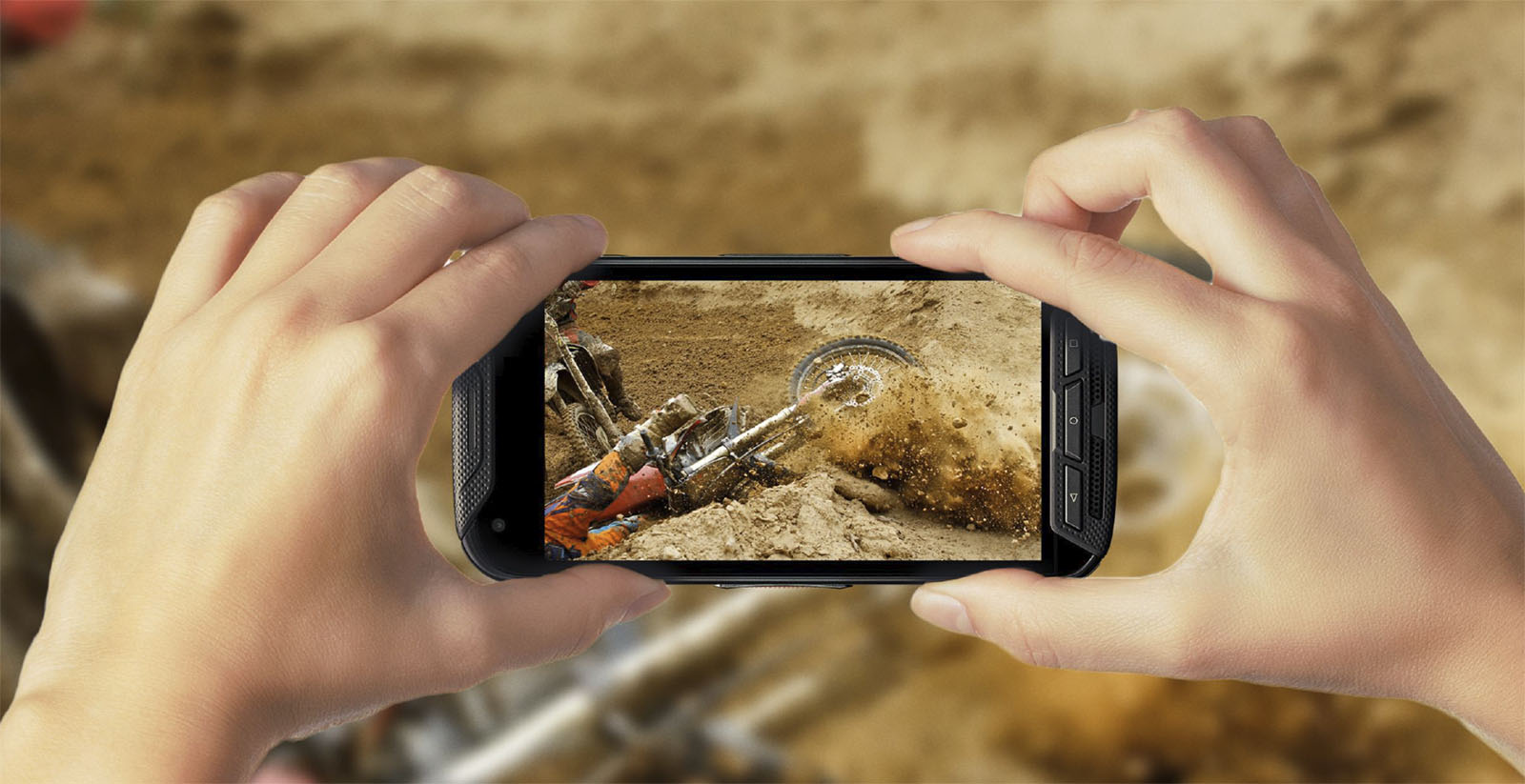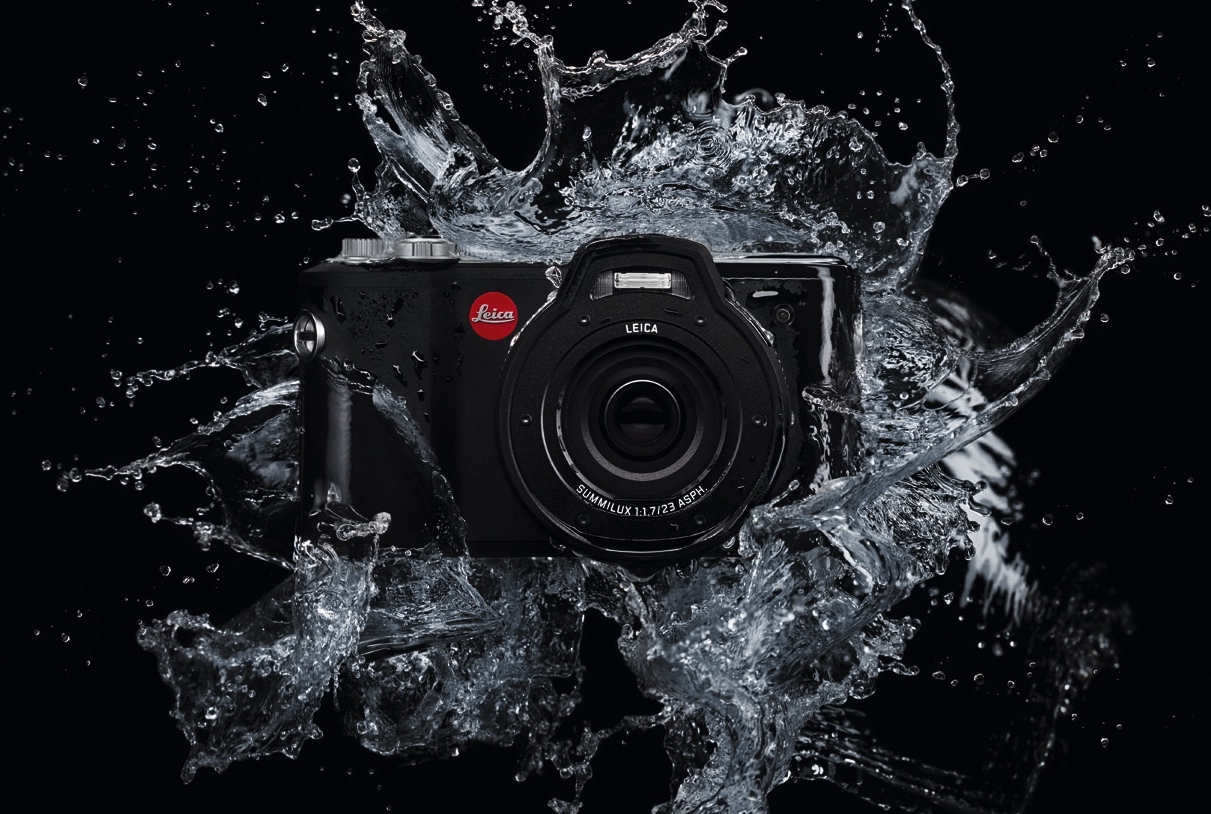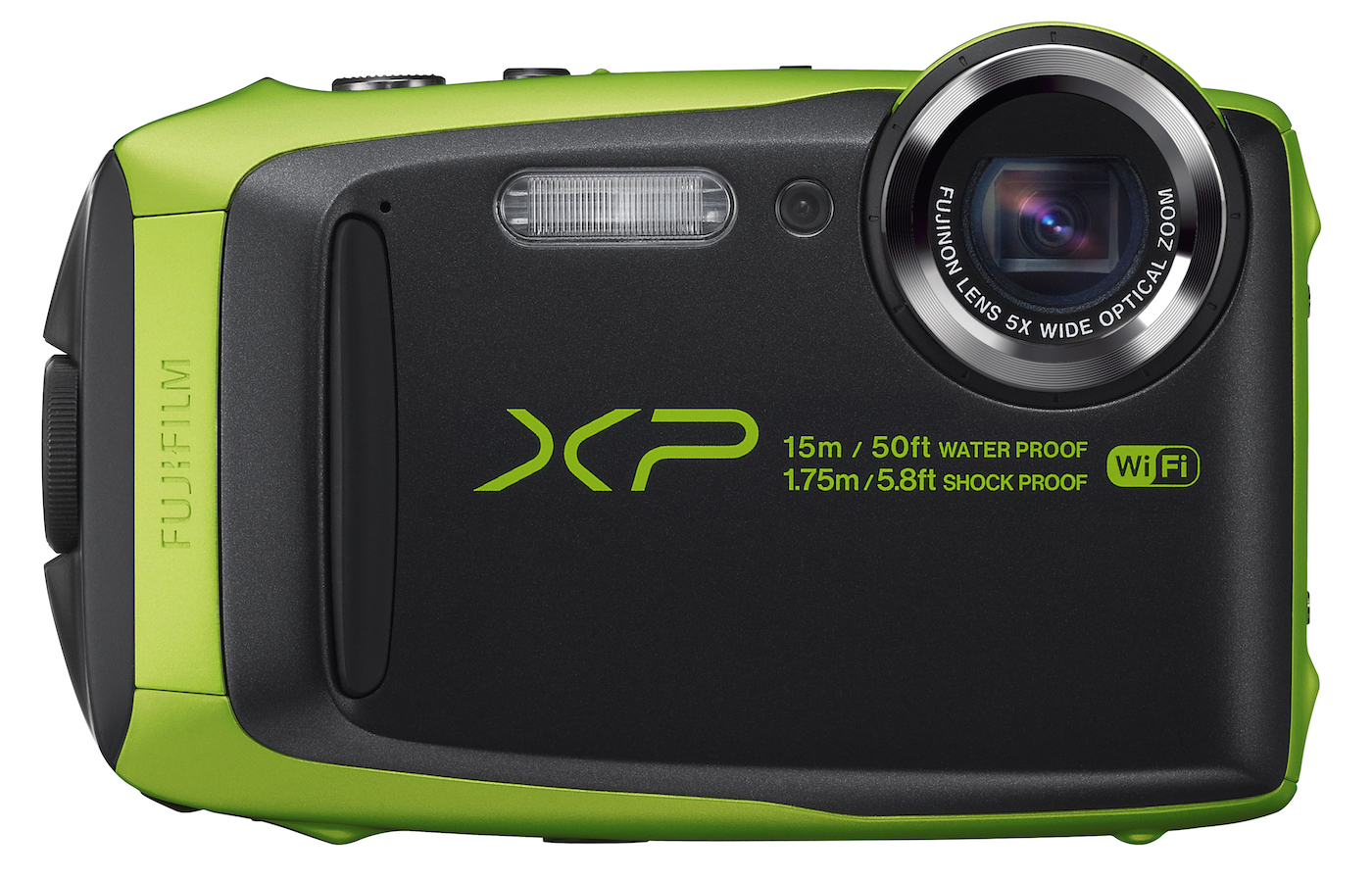
Have any interest in bringing an interchangeable-lens camera along on your next snorkeling adventure? You could pick up a pricey DSLR housing, sure, but you might want to consider Nikon's new 1-Series AW1, the first digital device of its kind to score an integrated waterproof enclosure. An O-ring combines with a regular bayonet lens fitting to create a reassuringly tough seal that will survive down to a depth of 49 feet, at the expense of requiring just a little bit more time and physical effort to swap lenses. You'll need to re-surface before attempting that, of course, and you'll also have to make sure you're using one of just two waterproof pieces of glass: either a 11-27.5mm f/3.5-5.6, which comes as part of the kit, or a wide 10mm f/2.8 lens that is sold separately. Regular 1-series lenses will still fit on the AW1, courtesy of a little accessory, but they won't offer any of the ruggedness of the dedicated pair -- which means you'll miss out on the water-proofing, dust-proofing, freeze-proofing (to 14-degrees Fahrenheit) and shock-proofing (from a maximum drop of 6.6 feet).
Internally, the AW1 is similar to the CES-era J3. There's the same 14.2-megapixel CX-format sensor and 6400 top ISO, along with 1080p video capture, but the new model adds thrill-seeker essentials like an altimeter, depth gauge, GPS, compass and an accelerometer-powered option for switching modes with one hand. Finally, at risks of startling the little fishes, there's also pop-up flash that works underwater. All this will set you back $800 with the 11-27.5mm lens, when the AW1 ships next month, while the 10mm f/2.8 will be $200 more. Oh, and check out the hands-on video after the break to see how the AW1 fares in our own, hastily compiled durability test.
Update: As some particularly knowledgeable readers have spotted, the AW1 is the first digital waterproof ILC, but not the first if you count the celluloid Nikonos series. Thanks guys -- the post has been tweaked.
Sharif Sakr contributed to this report.
%Gallery-slideshow85051%%Gallery-slideshow88714%
Filed under: Cameras, Nikon
Comments
 With summer season just around the corner, now is the perfect time for new rugged cameras to start popping up. And what do you know, Olympus has introduced the Tough TG-5, a point-and-shoot with a 12-megapixel CMOS sensor, 25-100mm f/2.0 wide-angle l...
With summer season just around the corner, now is the perfect time for new rugged cameras to start popping up. And what do you know, Olympus has introduced the Tough TG-5, a point-and-shoot with a 12-megapixel CMOS sensor, 25-100mm f/2.0 wide-angle l...
 With summer season just around the corner, now is the perfect time for new rugged cameras to start popping up. And what do you know, Olympus has introduced the Tough TG-5, a point-and-shoot with a 12-megapixel CMOS sensor, 25-100mm f/2.0 wide-angle l...
With summer season just around the corner, now is the perfect time for new rugged cameras to start popping up. And what do you know, Olympus has introduced the Tough TG-5, a point-and-shoot with a 12-megapixel CMOS sensor, 25-100mm f/2.0 wide-angle l...
 Unlike Nikon and Panasonic, Fujifilm isn't making any major announcements at CES 2017. That said, the manufacturer is introducing a camera here in Las Vegas, the FinePix XP120, the latest member of its rugged point-and-shoot series. Naturally, the ma...
Unlike Nikon and Panasonic, Fujifilm isn't making any major announcements at CES 2017. That said, the manufacturer is introducing a camera here in Las Vegas, the FinePix XP120, the latest member of its rugged point-and-shoot series. Naturally, the ma...
 If you film motorcycle ice racing or open pit mines, a regular smartphone may be a bit dainty. Kyocera's newest model, the DuraForce Pro, is up for the job, though. It's a ruggedized, 5-inch phone packing a special action camera that shoots Full HD w...
If you film motorcycle ice racing or open pit mines, a regular smartphone may be a bit dainty. Kyocera's newest model, the DuraForce Pro, is up for the job, though. It's a ruggedized, 5-inch phone packing a special action camera that shoots Full HD w...
 Leica has revealed its first ever outdoor and underwater camera, the X-U (Typ 113). As we're accustomed to with the German manufacturer, this new shooter doesn't leave much to be desired in terms of industrial design -- it's compact and super sleek,...
Leica has revealed its first ever outdoor and underwater camera, the X-U (Typ 113). As we're accustomed to with the German manufacturer, this new shooter doesn't leave much to be desired in terms of industrial design -- it's compact and super sleek,...
 Fujifilm couldn't let Olympus, which introduced the TG-870 at CES 2016, have all the fun in the multi-purpose camera space. As such, Fuji has introduced the FinePix XP90, its new rugged point-and-shoot with waterproof (50ft), shockproof (about 6ft),...
Fujifilm couldn't let Olympus, which introduced the TG-870 at CES 2016, have all the fun in the multi-purpose camera space. As such, Fuji has introduced the FinePix XP90, its new rugged point-and-shoot with waterproof (50ft), shockproof (about 6ft),...









